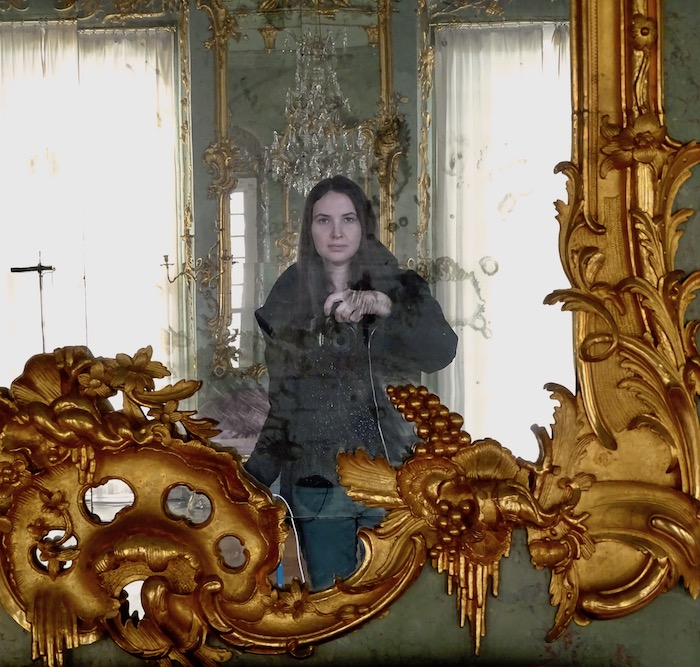If you want to escape a bit of the history of the World Wars in Berlin, then you must visit the Charlottenburg Palace. It was built before both wars and shows the splendor of the golden age of Prussia. It was rebuilt after the Allied bombings and remains the largest palace in the capital of Germany. This landmark is located west of the city center with easy access.
There is a cost to enter, but you can see the gardens for free. It was still winter when I went in March and it was barely beginning to bloom, but it must be spectacular in the spring. If you visit in December you will be able to appreciate on the outside one of the most beautiful Christmas markets in Germany.


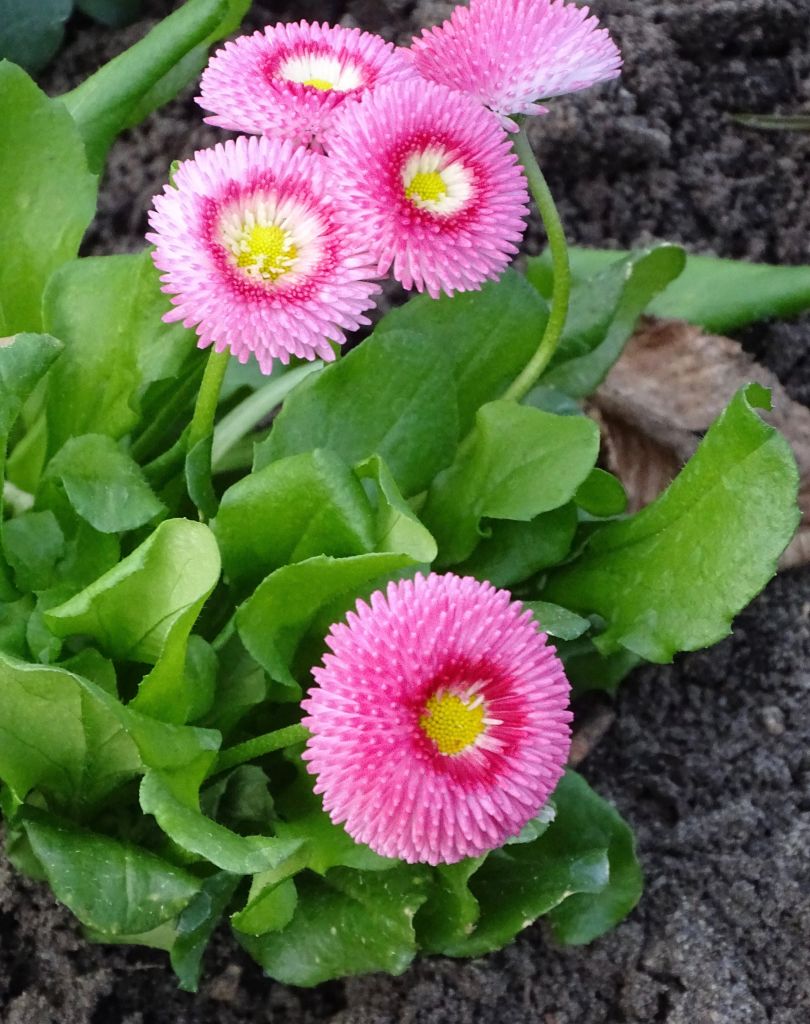
How to visit the Charlottenburg Palace?
Charlottenburg Palace is located at Spandauer Damm 20-24. We went by public transport from our hotel in Berlin. You can take the S train getting off at the Westend or Jungfernheide station, take the U7 train to Mierrendorfplatz or Richard-Wagner-Platz, or the U2 train to Sophie-Charlotte-Platz. You can also go by bus (lines 309, 109, and M45), since there is a stop right in front. The Hop-on Hop-off Bus in Berlin also stops right in front of the palace.
Booking.comAnother option is to take a Spree River Cruise during the day or at sunset. These cruises take from one hour to two and a half hours, and provide a completely different view of the Charlottenburg Palace. Many cruises also have the option to get off at different stops in the summer.
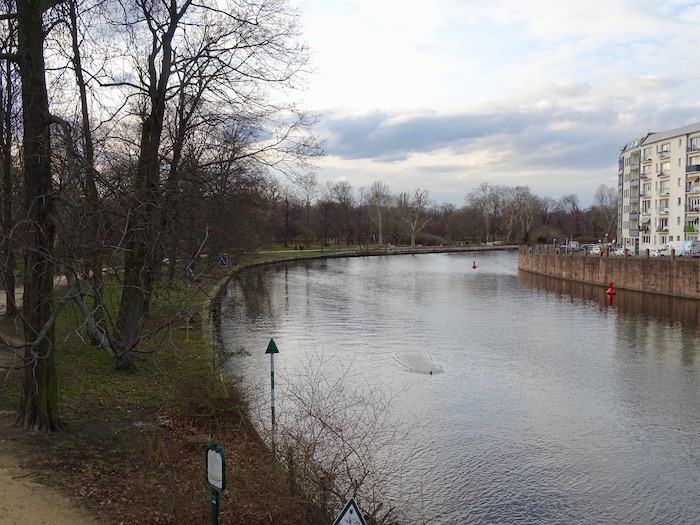
This palace is open every day except Monday. Their winter hours (November to March) are from 10 a.m. to 4:30 p.m. In summer (April to October) it closes an hour later, at 5:30 p.m. Entrance has a cost of €12, but you can get a discount if you buy the Berlin Welcome Card.


Romantic Dinner
Another special and romantic option is a Dinner and Concert at the Charlottenburg Palace. You can visit the palace and at the end you will go to the historic Orangerie ballroom (former citrus greenhouse) where you will eat a three-course dinner by candlelight. All ingredients are seasonal and vegetarian options can be arranged. Head to the auditorium for a special performance by the Berlin Residency Orchestra. They play pieces by famous composers including Mozart, Handel and Bach.
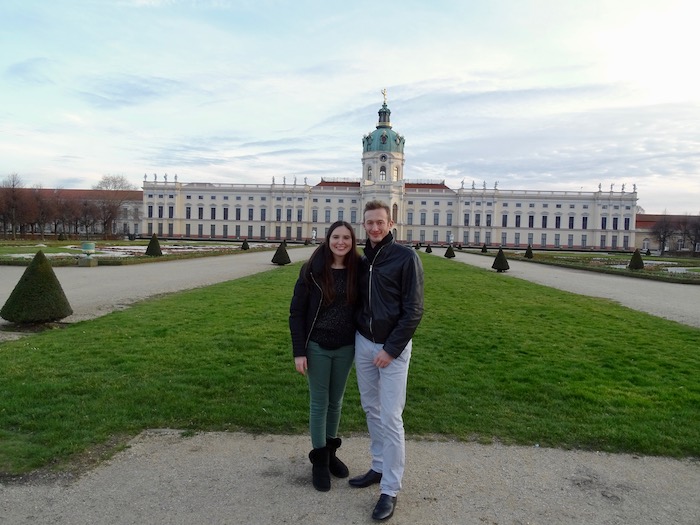
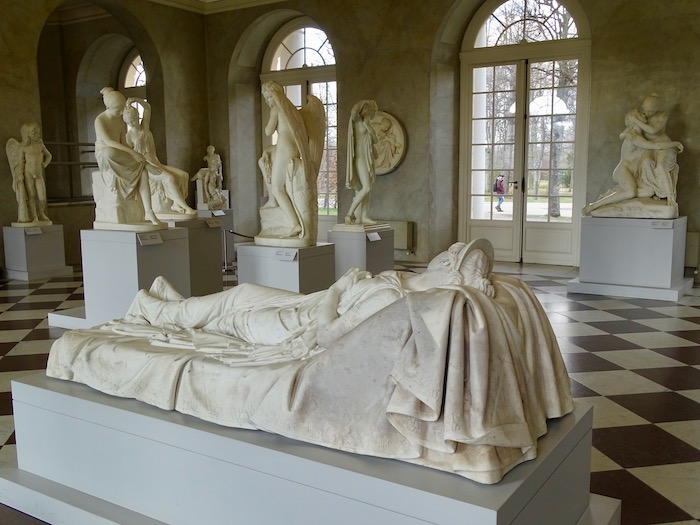
A “Small” Summer Residence
The palace did not start with the current size, it was originally smaller and more modest. Sophie Charlotte, wife of Frederick III (Elector of Brandenburg) requested that Johann Arnold Nering design a summer residence for her in 1695. At the time, this land was in a country setting in the small town of Lietzenburg. Being a musician (she played the harpsichord and sang Italian opera), Sophie Charlotte had a small opera built. Nering died during construction and the palace was completed by Martin Grünberg and Andreas Schlüter, who also built the Berlin Palace.
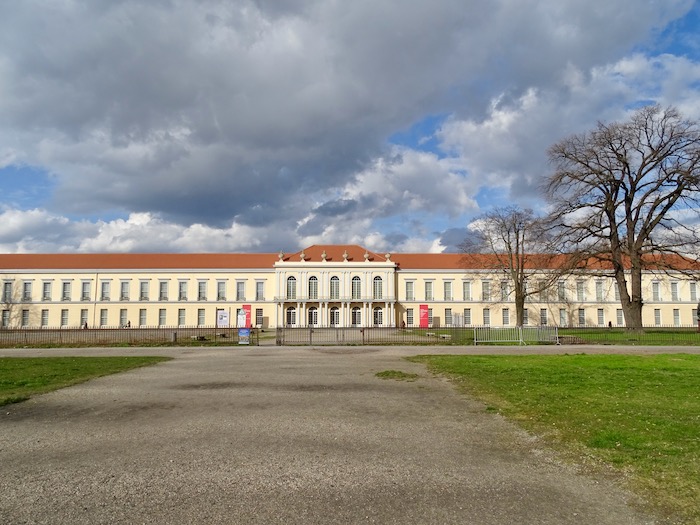
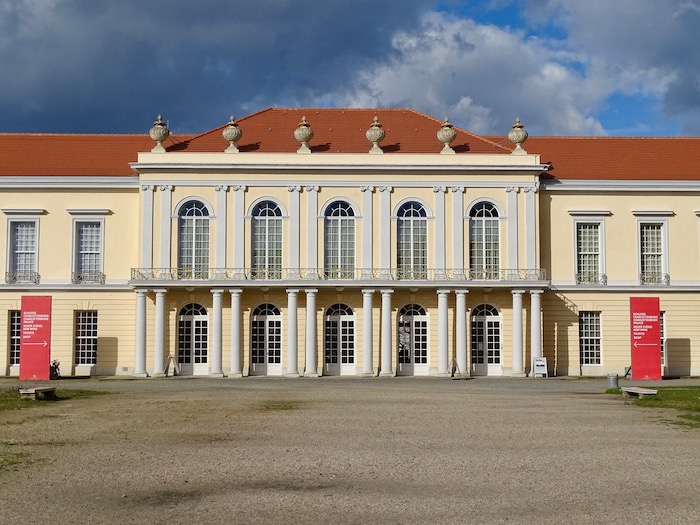
Originally, the Charlottenburg Palace was only the central building. The dome was placed between 1709-1712 with a golden statue of the goddess of Fortune on top. The inauguration took place on July 11, 1699 for Frederick’s 42nd birthday. In 1701, Frederick was crowned the first King of Prussia. His royal architect, Johann Friedrich von Eosander, was sent to study in Italy and France, to take ideas from places like the Palace of Versailles. On his return, in 1702 he began to extend the palace with one wing on each side, in addition to two lateral wings to enclose a large courtyard.

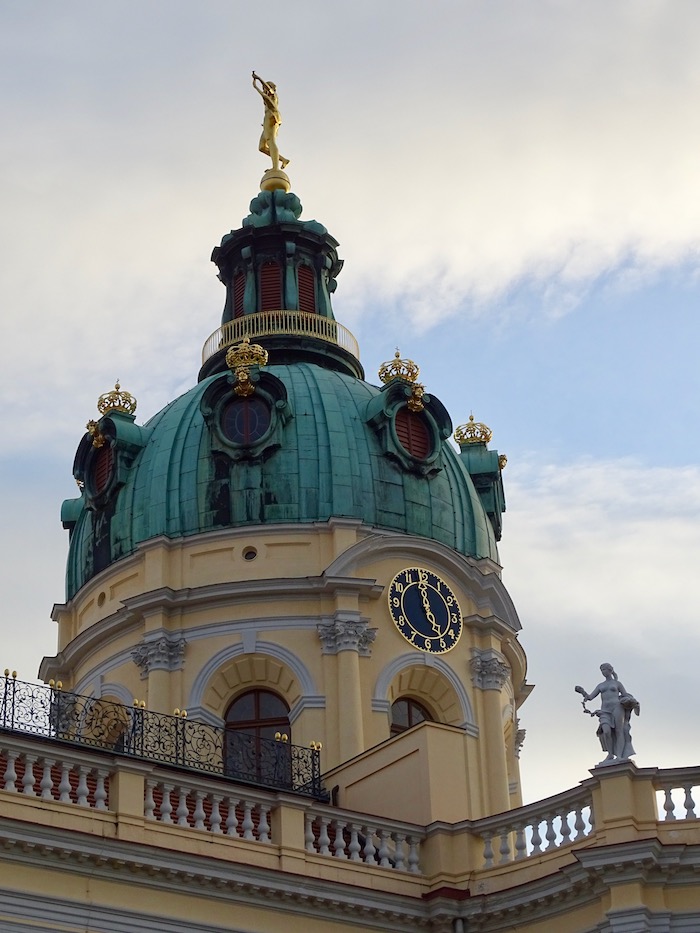

Sophie Charlotte died in 1705, at the age of 37. Frederick changed the name of the Lietzenburg palace to Charlottenburg in her memory. Then an orangery was built west of the palace in 1712. This was a common practice of the palaces in Central Europe during the seventeenth and eighteenth centuries. In the summer citrus plants were brought out into the garden and the space was used for parties; now it is a cafe.
King Frederick I spent a lot of money to go from elector to king. He wanted to be like the French King, Louis XIV, so he spent a lot of money on architecture and parties.

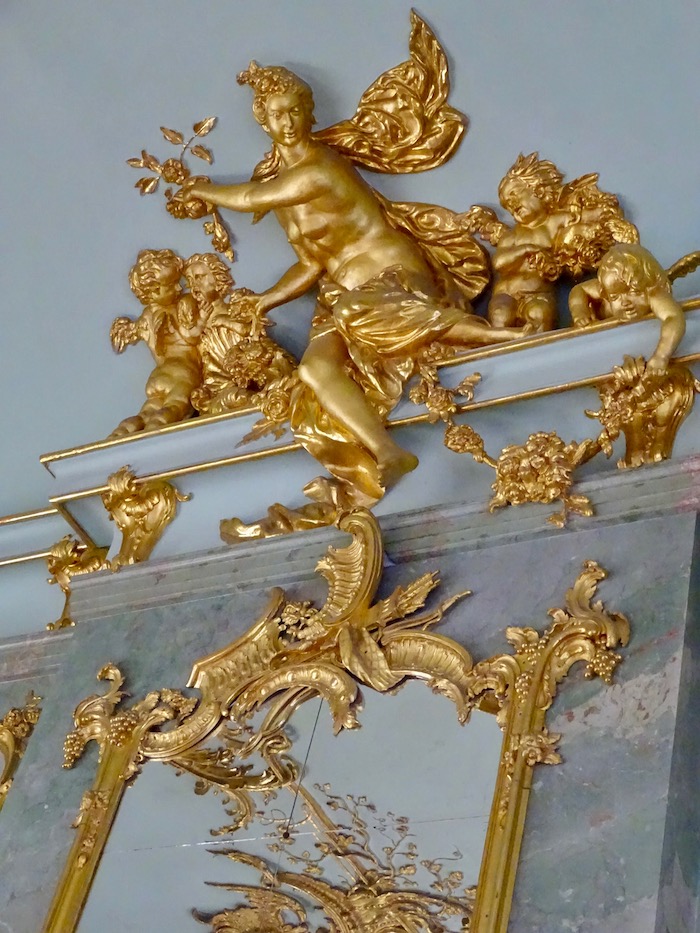
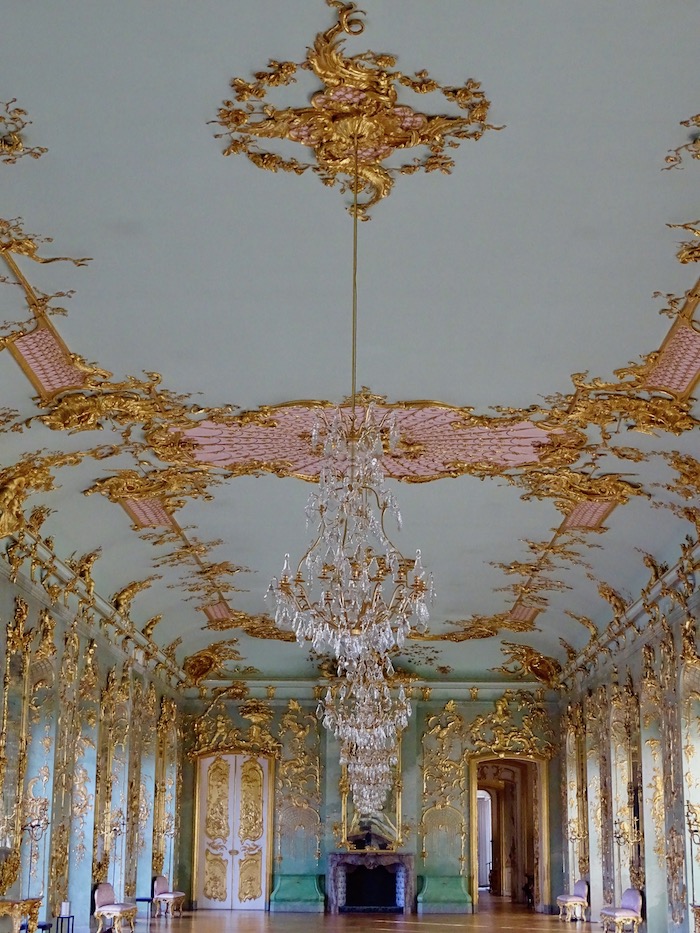
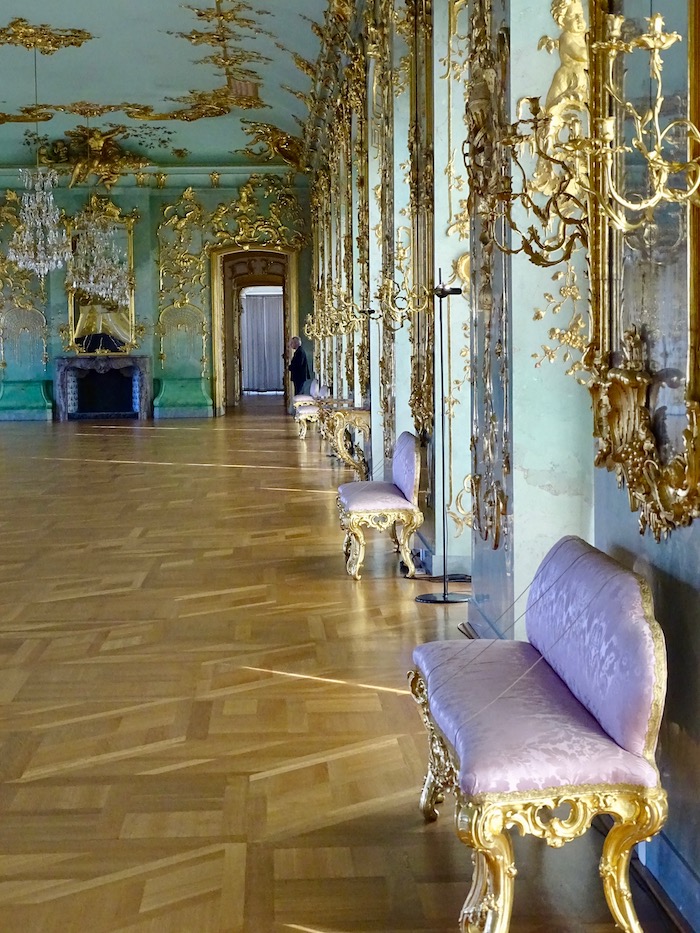
Frederick William I
Frederick William I, son of King Frederick I, was known to be the soldier king. He was the opposite of his father; his fame was for being responsible and stingy. He even gave away the Berlin Botanical Garden. Nothing was invested in the Charlottenburg Palace, he only spent in maintenance. Parts of the garden were rented to raise funds and he demolished his mother’s theater. In his reign the building was only used for some protocol acts of the state.
Frederick II and Frederick William II
The construction of the Charlottenburg Palace continued in 1740 with Frederick II (Frederick the Great). He had the stables built and changed the style to rococo, which was in fashion. The ground floor of the new wing was built for his wife Elisabeth Christine, who went little since she preferred the Schönhausen Palace. In 1744 he began to prefer solitude, so he moved to Potsdam, therefore he ordered to expand the Palace of the City of Potsdam. He also built the Sanssouci Palace as his summer residence.

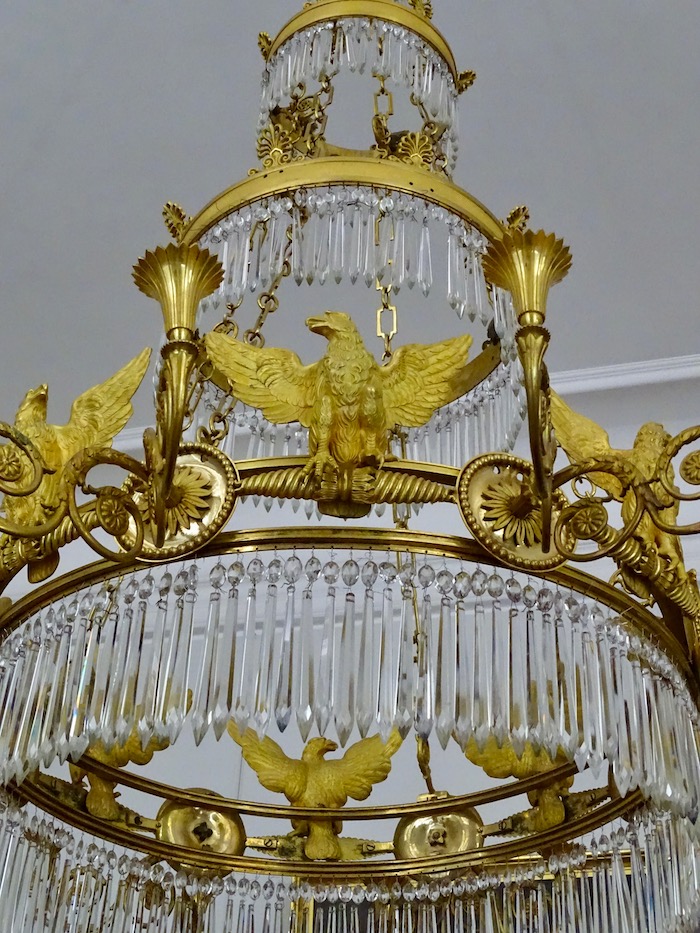
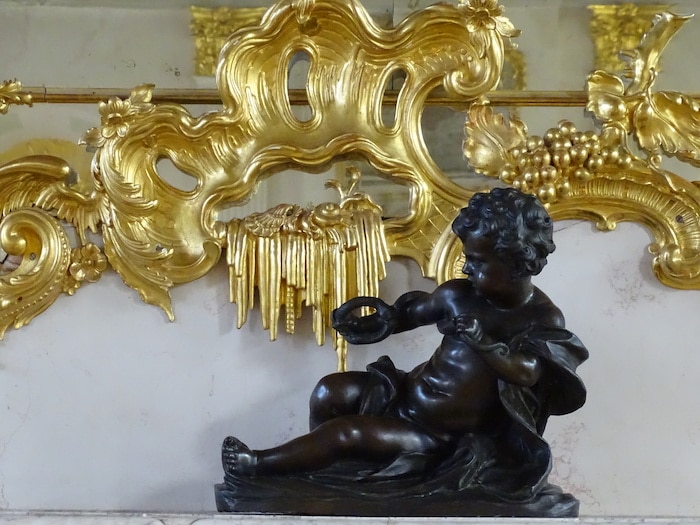
They had no children, so he was succeeded by their nephew, Frederick William II, who remodeled five rooms on the ground floor of the east wing to be his summer residence and part of the upper floors to be the winter rooms. He did not live long and did not use them.
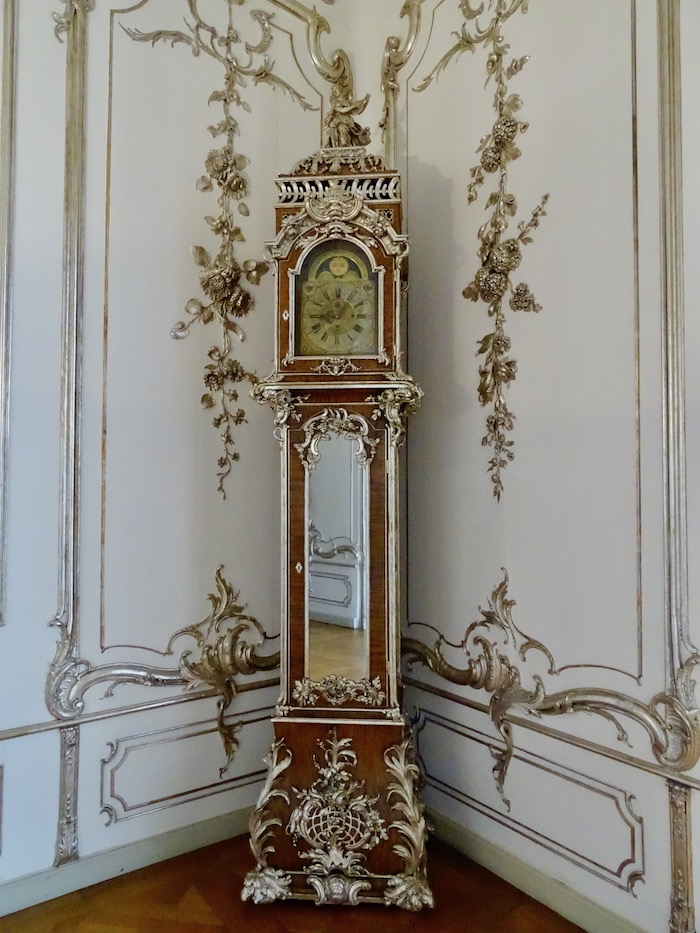


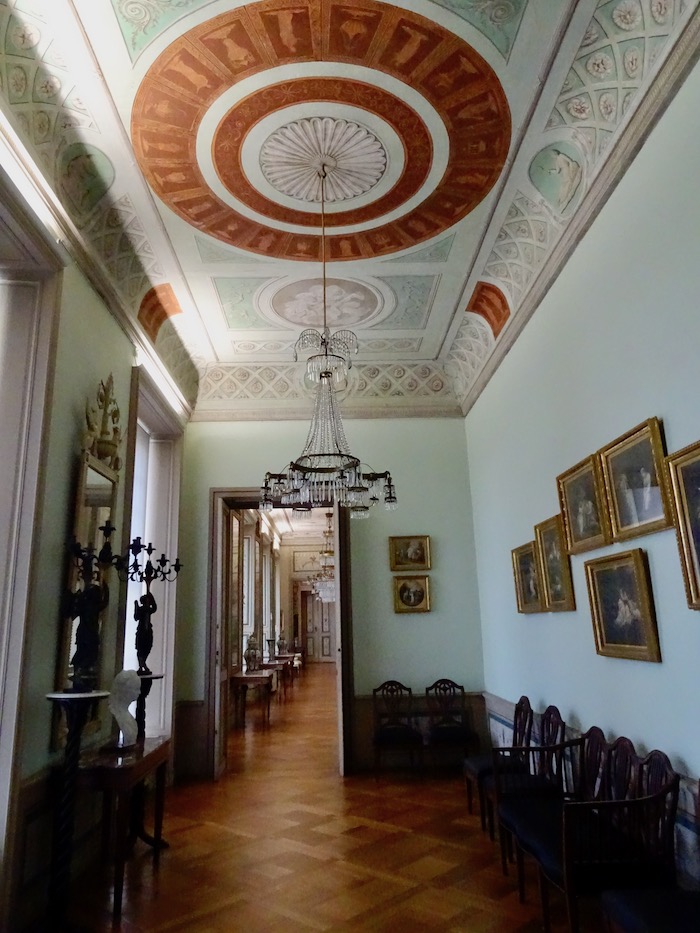
Frederick William III
Frederick William III lived in the palace with his wife Louise. Unlike many couples in the monarchy, these two were in love and had nine children. They changed the style of the palace from rococo to neoclassical, adding a new theater, another conservatory, and private rooms.
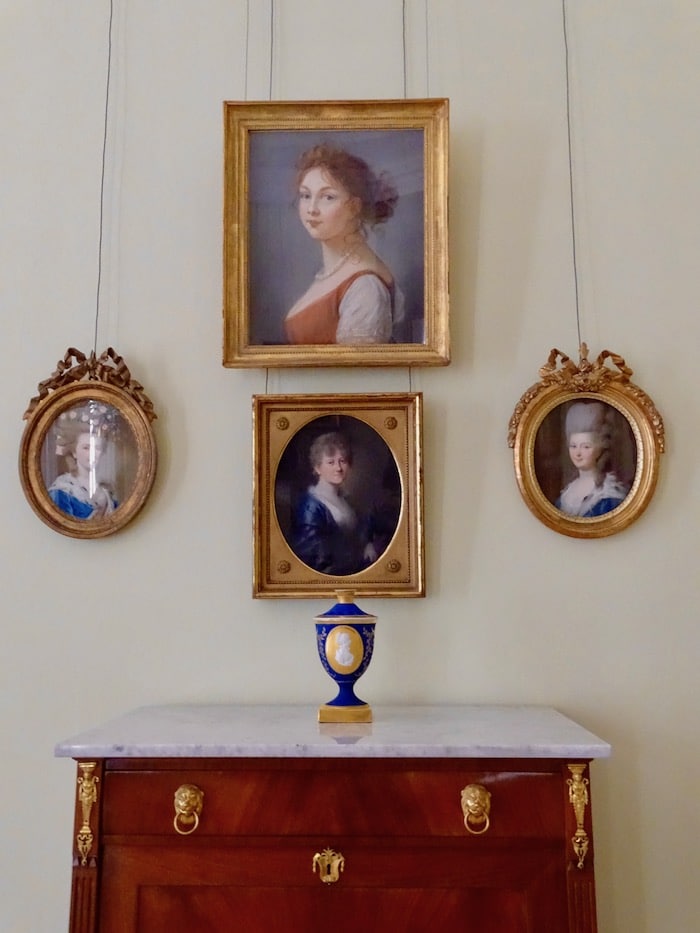
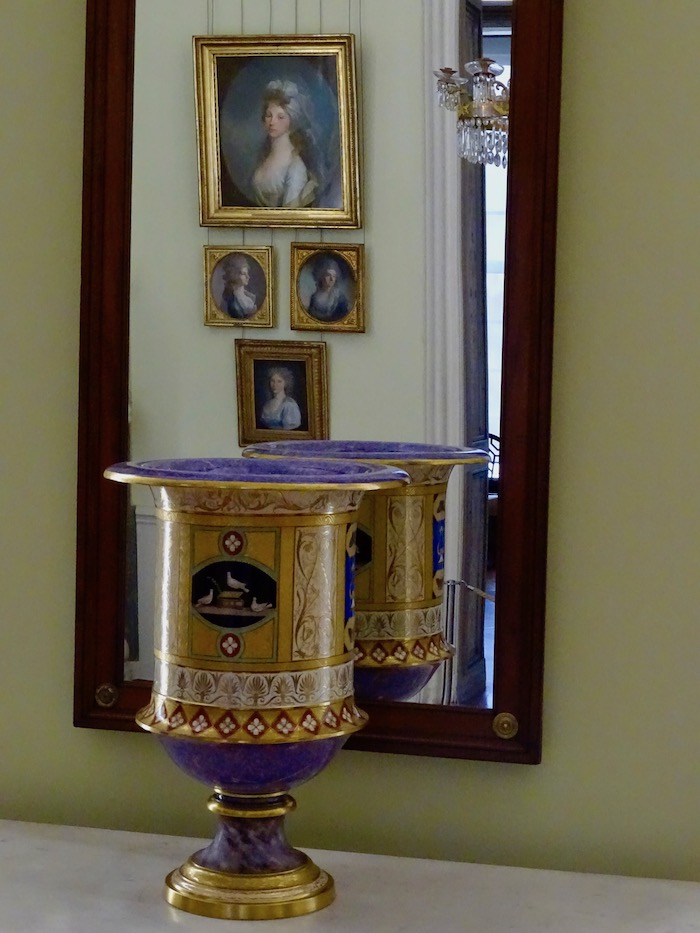
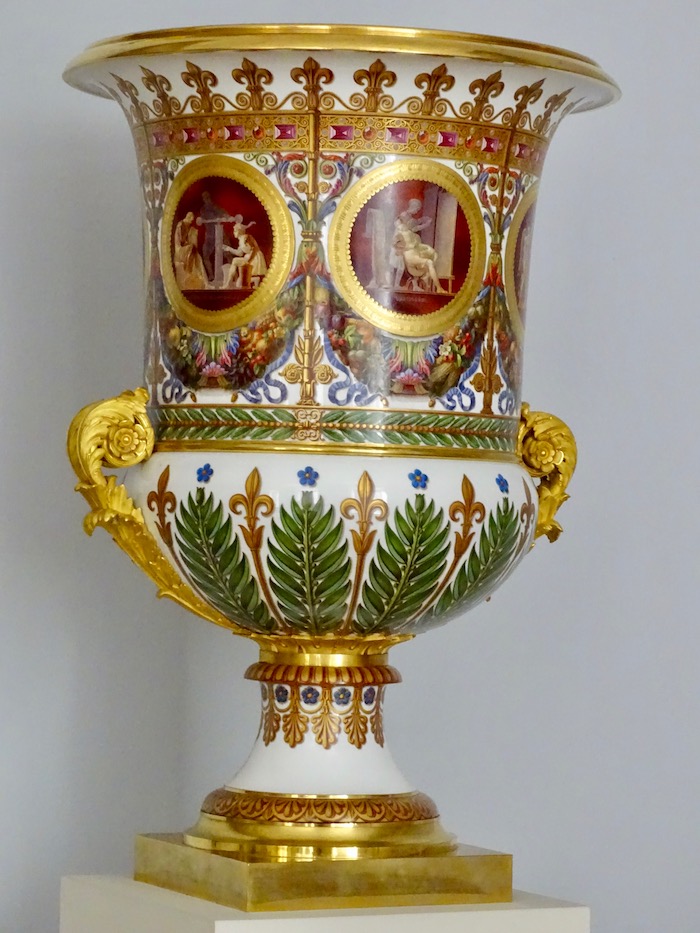
In October 1806, Emperor Napoleon Bonaparte marched his Grande Armée to Berlin. The kings were not at the Charlottenburg Palace where he decided to spend the night in Louise’s bed. She refused to sleep in that bed after him, so they built her a new room with shades of yellow.


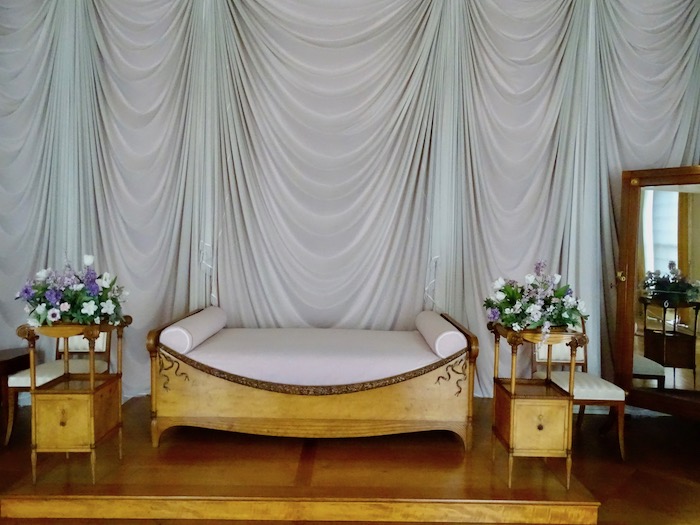
You can see a statue of Louise and her sister Federica made by Johann Gottfried Schadow, the same artist who made the Quadriga at the Brandenburg Gate.

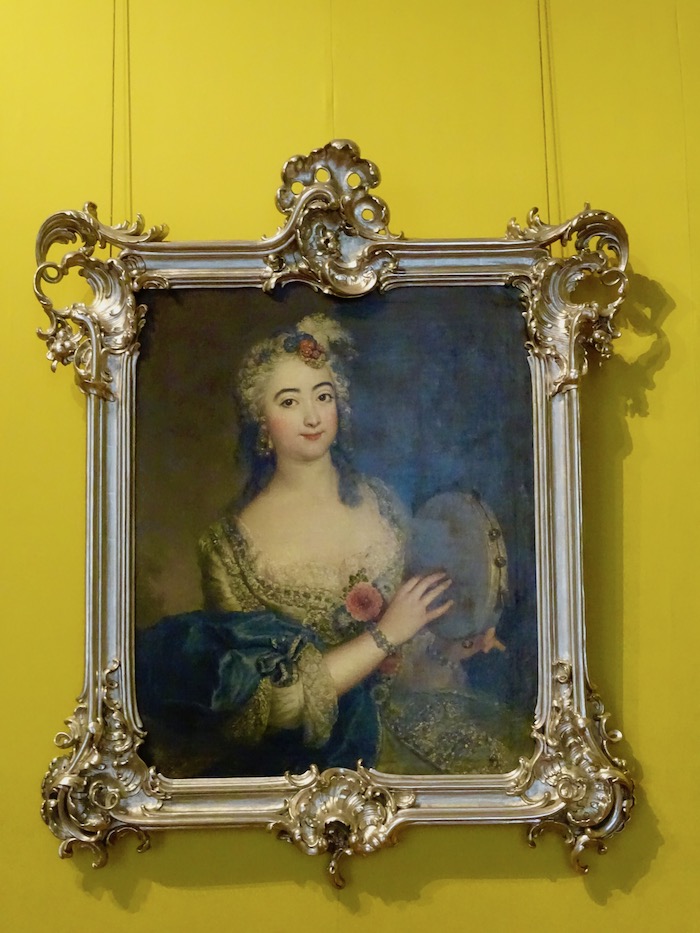

Louise died in 1810, at age 34, after trying to negotiate a peace treaty with Napoleon Bonaparte in 1807. She became a martyr in Prussia and then in Germany, serving as propaganda against the French. She is buried in the palace in a mausoleum that was built for her in the park.


The Last Prussian Monarchs
Her eldest son Frederick William IV, reigned from 1840 to 1861, lived on the top floor of the palace’s central building. After his death, the only other royal resident of the palace was Frederick III, who reigned for 99 days in 1888. At 57, he had cancer, so he decided to move to Potsdam, and died a couple of days later. In World War I, the Charlottenburg Palace served as a military hospital. An administration was established in 1926 to care for the old royal and imperial palaces and parks.

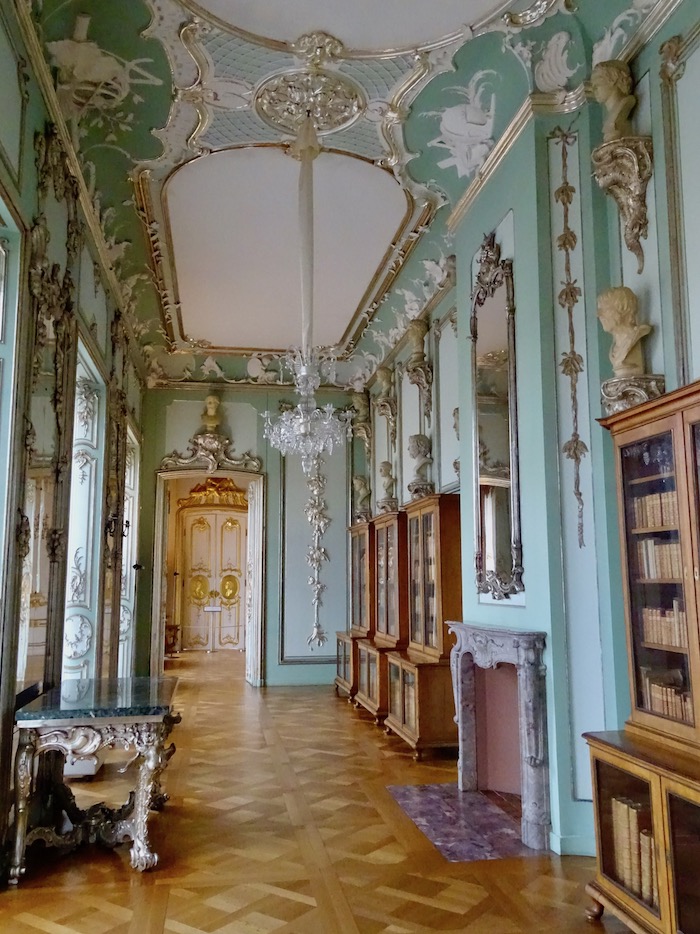


Allied Bombing
The gardens of the Charlottenburg Palace were originally designed in 1697 in a French Baroque style. Then, in 1788, they were reformed in an English romantic style. British bombings in Berlin in 1943 destroyed much of the gardens. They finished being arranged in 2001 using the original Baroque style. People go for walks or feed the ducks that live in the lake. You can also visit the Belvedere Tea House, which dates from 1788, currently being the Berlin Porcelain Museum.
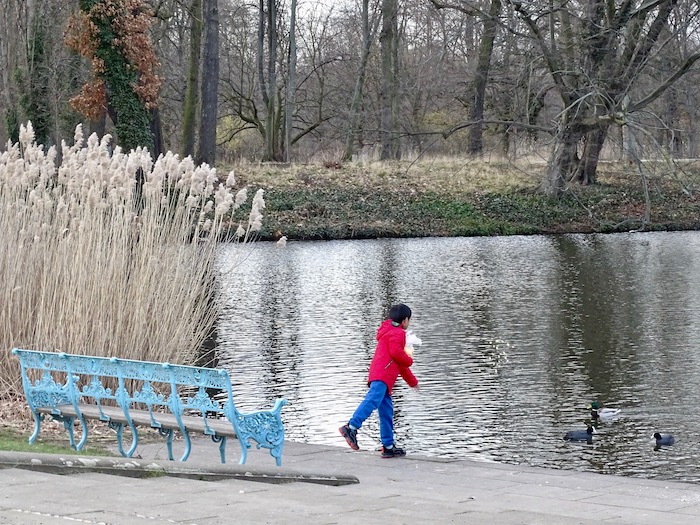

The palace itself was also heavily damaged, like the Berlin Palace in the east of the city that was demolished after the war. Luckily, Margarete Kühn, director of the state palaces and gardens, decided to rebuild the Charlottenburg Palace, which was completed in 1957. During the division, the palace housed collections from the early history of the country, which are now found on Museum Island In Berlin.
According to the audio guide that they provide you on your tour, many pieces of furniture were removed before the bombings. The Charlottenburg Palace was restored to how it was in the beginning, at the end of the seventeenth century. The second floor suffered further damage. However, some of the decorations in the building could not be rebuilt. Listen to the audio guide to understand which rooms, ceilings and walls retain the original furniture, decoration and frescoes. Some new frescoes were painted by Hann Trier.


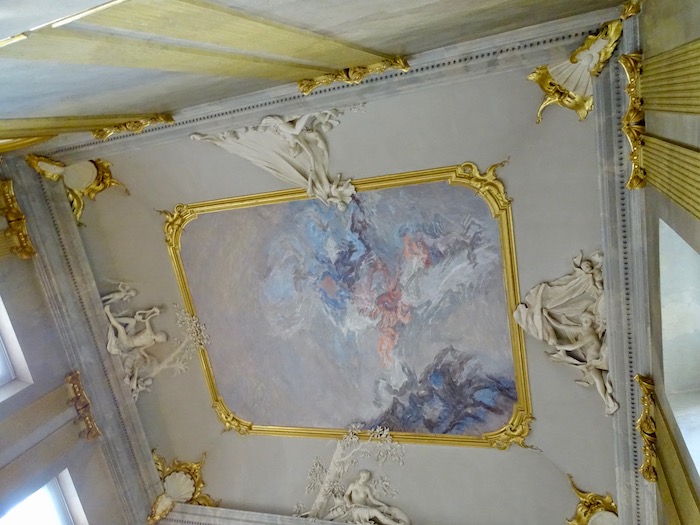
Between 2004 and 2006, the Charlottenburg Palace served as the base for the German President, as Schloss Bellevue was being restored.
The Amber Room
The Amber Room was the most impressive room in the Charlottenburg Palace. It was done in 1701 for the home of Frederick I with a design made by the baroque sculptor Andreas Schlüter and built by the Danish amber craftsman Gottfried Wolfram. Peter the Great, Tsar of Russia, admired the room on a visit. Europeans, especially Russians, were fascinated by amber. If you want to learn more about this fossilized resin you can visit the Amber World Museum in Santo Domingo.
In 1716, the King of Prussia decided to send it to him as a gift to establish a Prussian-Russian alliance against Sweden. Initially it was mounted in the Winter House in Saint Petersburg, but later in 1755, Czarina Elizabeth ordered that the room be moved to the Catherine Palace in Pushkin. The room was larger and had six tons of amber and other semi precious stones, apart from gold leaf. After all the adjustments, it is estimated that the room would have a current value of $142 million.
In 1941, Adolf Hitler started Operation Barbarossa by sending three million German soldiers to the Soviet Union. The room was taken to a museum in what is now Kaliningrad. In 1943, the director of the museum received notification to dismantle the room because the end of the war was near. The following year, the Allies bombed and destroyed the city. No one knows what happened to the room. Construction of a replica of the Amber Room began in 1979, and was completed in 1997 at a cost of $11 million. You can see it in the Tsarskoye Selo Museum outside Saint Petersburg.
Present
When I went to the Charlottenburg Palace there were still some rooms that were being restored. Visiting the palace and garden can easily take half a day. Nearby there are food options, as well as an on-site cafe. You can also take the opportunity to visit the Brohan Museum, which has works of Art Nouveau and Art Deco, and the Berggruen Museum, which houses modern art, particularly works by Picasso and Klee.


